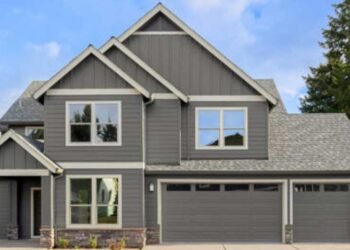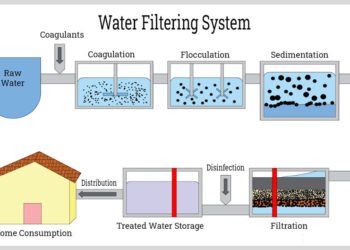Are you in the market for a new fence? Whether you’re considering a classic picket fence or a more modern horizontal design, understanding the various wood fence styles is crucial in making an informed decision for your property.
In this article, we’ll delve into the benefits and drawbacks of each style. This will help you choose the perfect barrier that not only enhances privacy but also complements your home’s aesthetic.
Pros of Installing Wood Fences
Wood fences add a warm, natural aesthetic to any outdoor space, elevating the beauty of a property. They are also customizable, allowing for a range of designs and finishes to match individual homeowners’ tastes.
Classic and Timeless Aesthetic
Few materials can match the warm, inviting feel of a wood fence. Whether for a rustic country home or a modern urban property, wood fences add an element of charm and character.
Variety of Design Options
From picket fences that invoke nostalgic vibes to solid panels that provide ample privacy, wood allows for a multitude of design possibilities. It can suit any aesthetic preference.
Natural and Sustainable Material
Natural wood is a sustainable material that is often sourced. When harvested and treated with care, it becomes an option for homeowners who focus on the environment.
Versatility in Customization
Wood is paintable and stainable. This gives homeowners the freedom to customize their fences to match their home’s exterior or landscape.
Cost-Effective Compared to Other Materials
Generally, wood fences are more than those made from vinyl or aluminum. Additionally, with cost-effective options like cheap fence panels, homeowners can achieve both practicality and curb appeal without overspending.
Easy Installation and Maintenance
Wood fences can provide an easy-to-install and maintain solution for landscape design. Although a certain level of know-how is necessary, with regular care, they can serve their purpose for years to come.
Cons of Installing Wood Fences
Despite their appeal, wood fences are susceptible to weather damage and can need significant maintenance. They may need regular staining or painting to protect against rot, warping, or insect infestation.
Susceptible to Rot, Decay, and Insect Damage
One of the primary drawbacks of wood fencing is that it’s vulnerable to environmental wear and tear, including rot, decay, and termites, which can compromise its structure over time.
Regular Maintenance Required
The wood fencing needs to be treated, stained, or painted to maintain its appearance and integrity. Neglect can lead to deterioration, which can lead to extra costs and effort.
Limited Lifespan Compared to Other Materials
While wood can last for many years, it generally doesn’t hold up as long as materials like vinyl or wrought iron. This is especially true if it is not maintained.
Vulnerable to Weather Conditions
Extreme weather conditions, such as heavy rain, high humidity, or harsh winters, can be damaging to wood fences. This can lead to warping, cracking, or splitting.
Making the Right Choice – A Conclusion on Wood Fence Styles
In conclusion, the right wood fence style can elevate the aesthetic of your home while offering valuable privacy and security. Weighing the pros and cons is essential in selecting a wood fence that aligns with your aesthetic preferences, maintenance capacity, and budget.
Remember, the variety of wood fence styles available ensures there’s a match for every homeowner’s taste and lifestyle. Make a choice that you’ll be confident and happy with for years to come.
Want to learn more? Don’t forget to explore our other articles before you leave!












